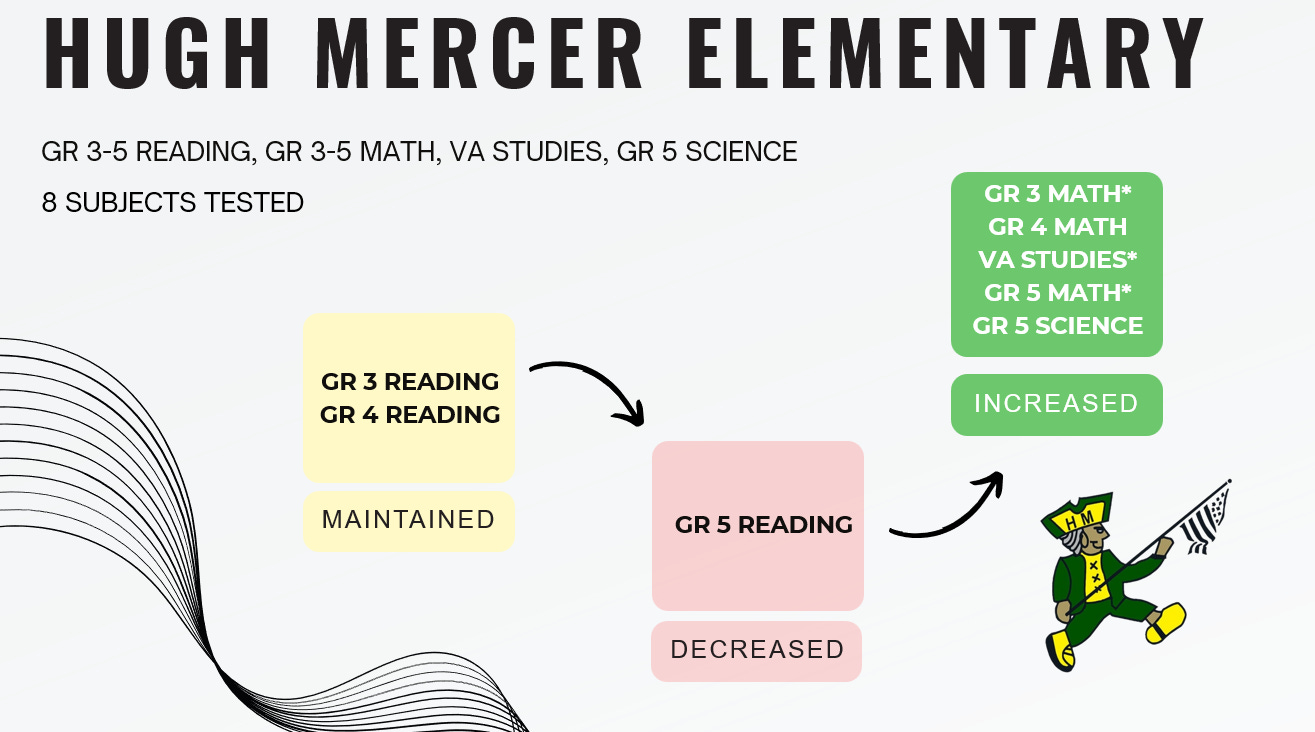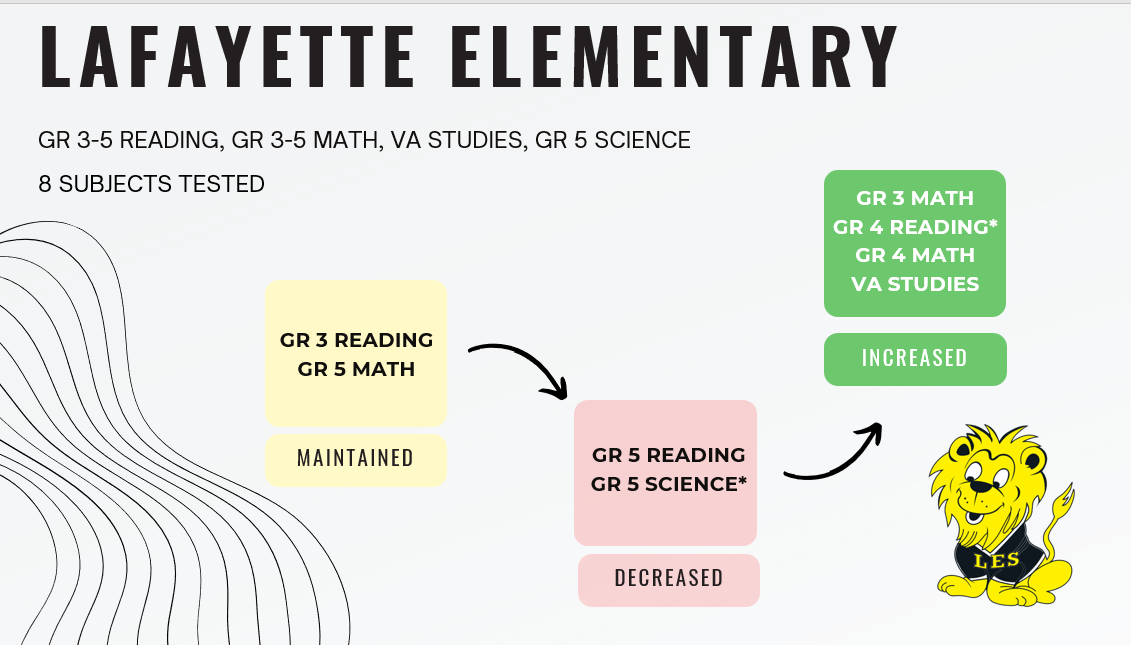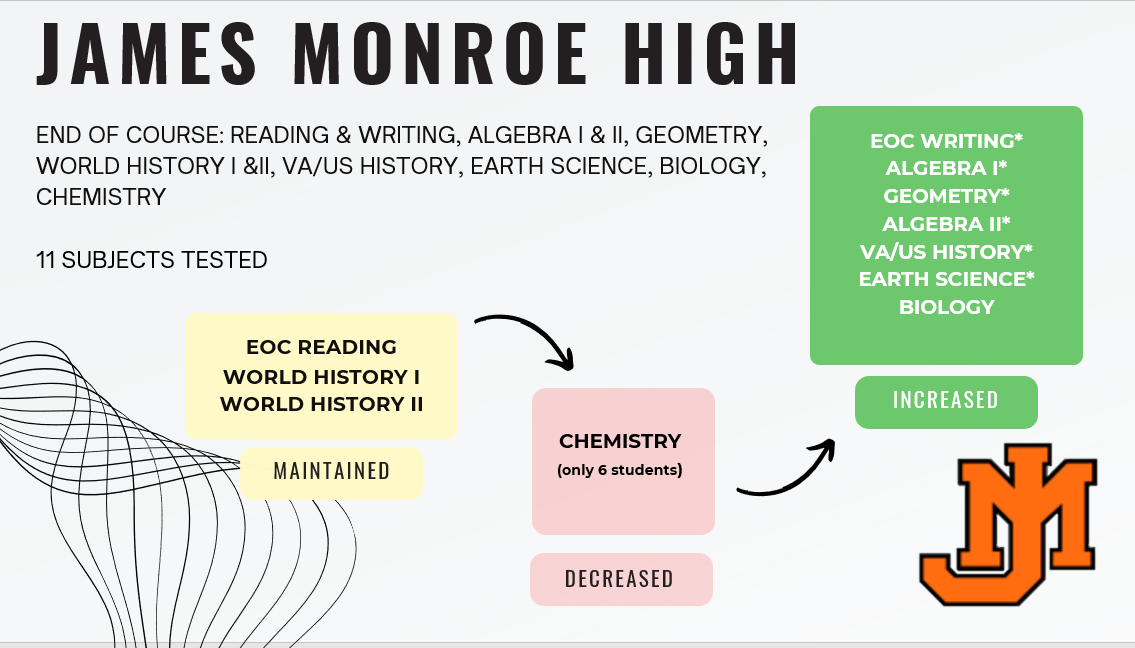Tuesday June 6, 2023
Editor's Note | New Dominion Podcast | Fredericksburg City School SOL Results Are In, And ... | D-Day | Juneteenth
EDITOR’S NOTE: Today marks the 79th Anniversary of D-Day, the daring - and costly in terms of human life - invasion of Europe that turned the tide of the Second World War against the Nazis. The veterans of that war - and that invasion - who passed their stories on to the Baby Boomer generation are today dwindling. In 2022, according to the National World War II Museum, just 167,284 of the 16 million Americans who served in WWII are still alive. We at F2S honor both the soldiers and those on the home front whose willingness to serve and sacrifice opened up a Pax Americana that is too quickly slipping away at the hands of those who have no memories of, and too little willingness to learn, of this important period in our history. Stafford native David Kerr offers a reminder at the end of today’s issue.
THE NEW DOMINION PODCAST: What Precisely Is the Value of Education?
Governor Glenn Youngkin (R-VA) eliminates the college education requirement for thousands of Virginia state jobs. Is this a bad thing? Or is it a market reaction to the value of both a high school and college education? Marty and Shaun hash out the details.
Are Fredericksburg Schools on Track? Yes …
by Martin Davis
Standardized test scores may be a poor indicator of how well any school or school district is performing, but they are a political reality that can raise civic pride, or elevate public outrage.
Over the past year, I’ve written several pieces arguing that Fredericksburg City Schools Superintendent Marci Catlett is well-positioned to turn around a school system that has for too long struggled to meet state standards on SOL tests. Most importantly because she has not run from the criticism or been afraid to make public her plan of attack, as well as her projections about the schools’ anticipated advances based on internal analysis, as she recently did in February.
On Monday night, the Fredericksburg School District posted the unadjusted results of the 2023 SOL tests, which according to Catlett’s February analysis were to be higher.
Here’s the take-away: Catlett is making good on her word to improve student performance.
The following screen shots from her presentation show school by school where student performance rose, and where it fell.
Bottom line, test scores rose across the division in 26 testing areas, decreased in 4, and held the line in 9.
Making Sense of the Data
So what does any of that really mean?
Let’s start with the fact that these are unadjusted scores. That means this data is gathered by taking all SOL tests and subtracting both failing retakes and initial failing score if a passing retake exists.
According to Matt Hurt, Director of the Comprehensive Instructional Program and an expert in educational testing and SOL data, this is precisely what the district should be looking at.
“I really applaud them,” he told F2S, for “owning the raw data.” Oftentimes, this data is skipped over in favor of adjusted scores, which can mask underlying problems the raw numbers show.
“They’re saying this is where we are,” Hurt added, “and this is the work we have to do.”
Though scores or up, however, doesn’t mean the district can pop the champagne corks and start partying.
As Hurt points out, what we don’t know is the degree of test-score rise. If the degree is small, the increases may not be all that noteworthy. On the other hand, if the degree is high, we could be looking at truly noteworthy gains. The inverse is true of the declining scores.
We’ll get more clarity on this in August when the state releases the adjusted scores.
So at worst, Fredericksburg City Schools are making modest gains overall. And the chance exists that some significant gains were made this year.
But What About … ?
While the small number of declining scores is encouraging, some will rightly worry that in the key areas of reading and math, especially at the elementary level, not enough students are showing progress.
Reading is a particularly tough area to make gains in, an assessment that Hurt agrees with. That we’re not seeing schools falling backwards in this area is encouraging, and offers reason to be optimistic that rises in those scores can be expected in the very near future if the district stays on its current track.
What about cut scores? These are revised every few years, and recently Gov. Glenn Youngkin has repeatedly blamed changed cut scores for making schools look better than they really are. But in this case, cut scores aren’t an issue.
Cut scores changed in math in 2019. In reading it was 2021. So changes in cut scores won’t explain the gains made between 2022 and 2023.
Reason for Hope
Perhaps the most interesting fact about these scores, however, is that they rose against the backdrop of higher teacher vacancies.
“Based on my calculations,” Hurt tells F2S, “the teacher vacancy rate for all school divisions in Virginia accounted for 26% of the variance in SOL pass rates.”
In other words, high teacher vacancy is correlated to lower test scores. This certainly makes sense. A qualified teacher can reasonably be expected to get better results than long-term substitutes or underqualified people hired to do a job they aren’t prepared to do.
Based on VDOE data, Hurt figures that in 2022, FCS had a 4% vacancy rate, and in 2023 its vacancy rate was 8%.
So even facing a shortage of teachers, the district was able to elevate scores. How? Most likely by the targeted focus that the district has put on student achievement and the support it has been offering students and teachers over the past year.
Stay the Course
Certainly there are those who will complain that the scores haven’t grown fast enough and that quicker improvement is needed.
The question these critics must ask themselves, then, is what SOL scores will they accept as evidence of success? And then, what are they going to do to help the district to reach that goal?
Education improvement does not come quickly, and it does not come in one-year miracles that realize drastic jumps in scores.
Real improvement grows over time. It requires buy-in from the community, from parents, from nonprofit organizations and businesses. Most important, it requires steady leadership.
For now, these scores suggest that the right leader is at the helm.
Keep the pressure on, but recognize that the current leadership has earned the right to the city’s respect for proving that it is moving scores in the right direction.
They’ve certainly earned it.
D-Day
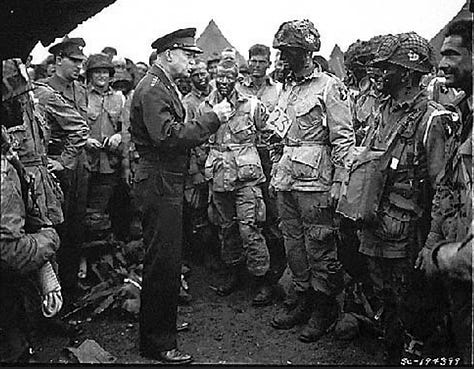
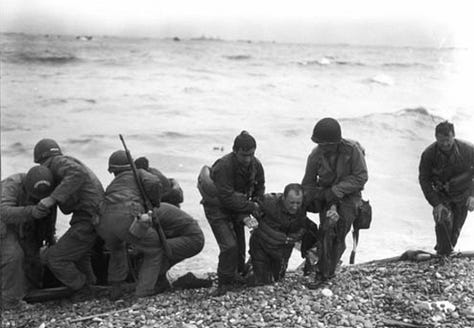
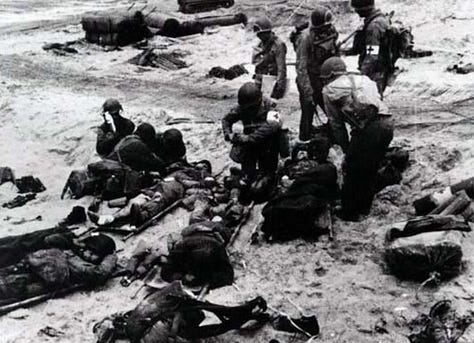
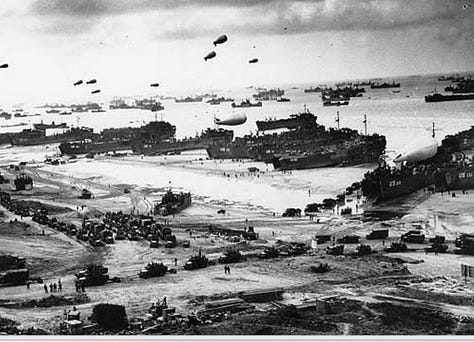
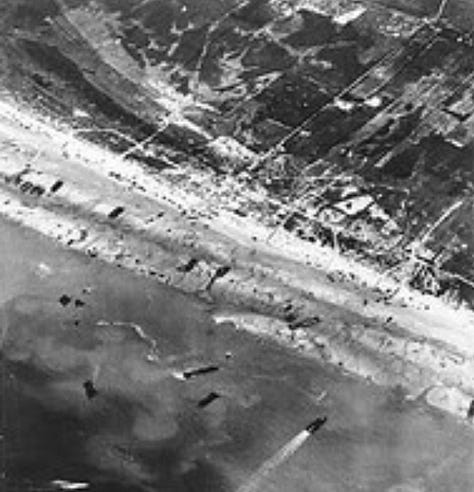
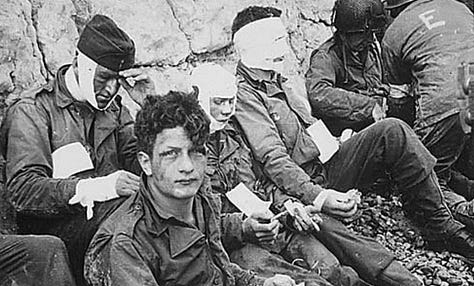
by David Kerr
Seventy-nine years ago, on the day before the Allied landings on the coast of France were to begin, General Dwight D. Eisenhower, Supreme Commander of Allied Forces prepared a short statement to be read in the event the landings proved a failure.
He wrote it out in pencil and began with the words, “[O]ur landings in the Cherbourg have failed to gain a satisfactory foothold…” He closed by saying “…if any blame is found to attach to this attempt it is mine alone.”
It’s a haunting note to read. And while we know through the hindsight of history that D-Day was a success, at the time, Eisenhower fully appreciated that this was one of the riskiest and most dangerous military operations in history.
The Allies had committed their full might to the D-Day landings. The numbers are staggering. The invasion would be launched from multiple ports all over the south coast of Britain. It would involve a massive armada of over 4,000 ships and 11,000 aircraft. But most importantly, 150,000 men – some having experienced battle before and most facing it for the first time – were waiting to land in France.
One of the biggest risks to the operation was that the Germans would find out when and where the landings would take place. The longer the Germans were kept guessing, the more difficult it would be for them to concentrate their forces for a counterattack.
Hoping to create a deception, the Allies, created a shadow army. One that didn’t exist.
They even appointed General Patton to be its commander. There was the buzz of daily radio traffic, all fake, and there were even inflatable tanks and vehicles positioned so that German reconnaissance aircraft would think something was up. It was ingenious, and it was designed to reinforce Hitler’s belief that the blow would fall at Calais and not Normandy.
The Allies did everything they could to keep Operation Overlord a secret. As the landing day approached, wide regions along the coast of England were closed to private and commercial traffic. Roads were blocked and rail service was suspended. Telephone and mail services were shut down. The bases holding our forces were heavily guarded. The gamble, of course, was whether the secret had been kept.
The other risk was the weather. Conditions over the English Channel, never that good, were unusually bad. With a rapid series of rain filled storm systems it was more like winter in the Channel than it was spring. Unfortunately, the early June timeframe was critical. The Allies needed the high spring tide to support the landings. The next one wouldn’t be until July. If the Allies had to wait that long the Germans were sure to figure out what the Allies were up to. With the expectation that the weather would improve Eisenhower had given the order to proceed with a landing on June 5.
However, despite his best hopes, conditions remained poor. He delayed the operation for 24 hours. The situation was tense. Over one hundred thousand men were waiting aboard ships. Eisenhower’s chief weatherman, Group Commander John Stagg, said he could predict a lull in the weather. A fast-moving, high-pressure system, one that Stagg was able to forecast based on a single report, would give the Allies adequate weather for 48 hours.
It wasn’t much to go on, indeed, it was nothing more than a thread, but Eisenhower took the risk and gave the order to go.
At first it looked like Ike’s fear that the invasion might fail might become a reality. While conditions improved, visibility remained poor, and the Allied Air Forces missed most of their targets on the beach. Also, most of the tanks and heavy vehicles that could have supported this initial wave were lost in the rough surf. The soldiers reaching the beach had to fight it out by themselves. The British fared well at their beaches, Juno, Gold and Sword, and U.S. forces managed a foothold on Utah beach.
But Omaha Beach was a different story and for several hours the situation was so dire that further landings were suspended.
However, with a growing resolve, facing incredible danger, American troops along this narrow battlefield began to breach the German defenses and started moving inland. Ike didn’t need his other statement.
Instead, he was able to tell the world that D-Day was a success. While it can be argued that it was history’s biggest gamble, and it probably was, there was more to it than that. What carried the day, particularly as the outcome remained in question, was the determination and bravery of the men who made that initial landing on D-Day.
They’re the ones who sealed the fate of Hitler’s Europe.
Over the past decade, Juneteenth has grown in the public imagination. What was an unknown event even to many Black people 10 years ago, is now growing into a celebration that is rightfully taking its place along July 4 in the pantheon of American celebrations of freedom.
Learn more about Juneteenth and its history from this National Geographic story.
This year, one of the region’s largest celebrations will be held at the John J. Wright Educational and Cultural Center Museum in Spotsylvania County. Scan the QR code in the image above, or visit the website, to learn more and to join in the activities.
Invite People to Join F2S
Big things are afoot with F2S, with details coming in the next month.
Invite your friends to join our rapidly growing audience. It’s as simple as passing along this link (https://thelocalburg.substack.com/p/welcome-to-f2s), or the following QR code, and asking folks to sign up.
